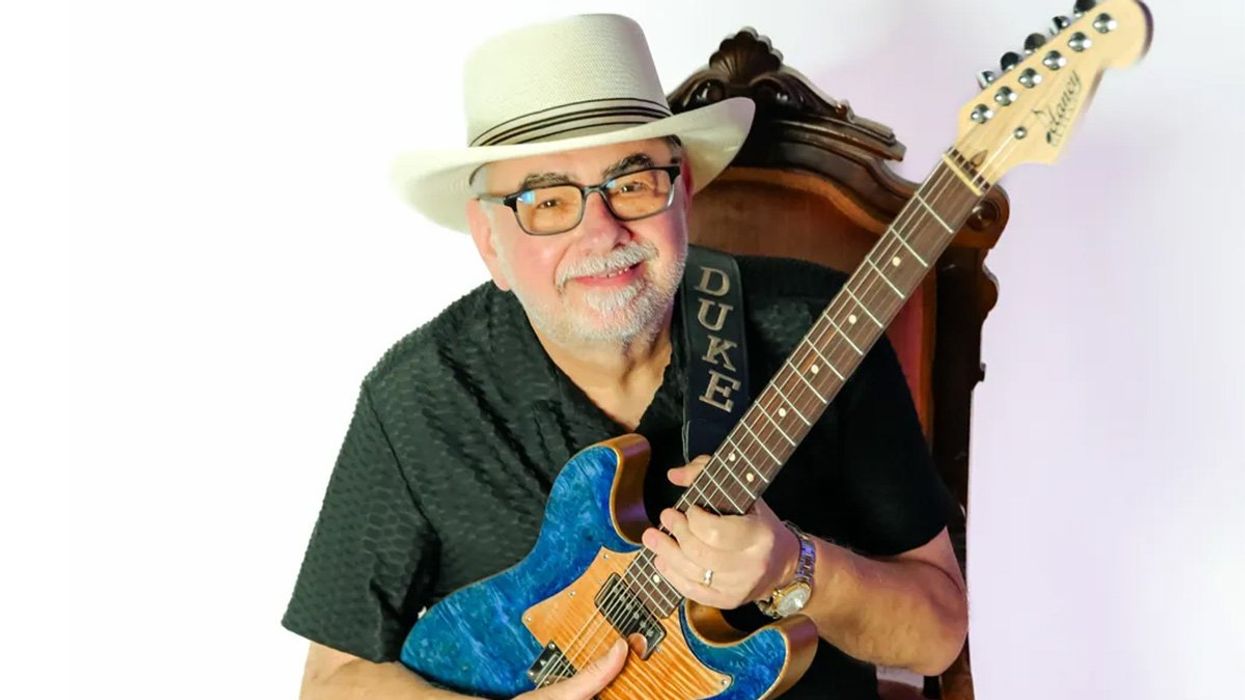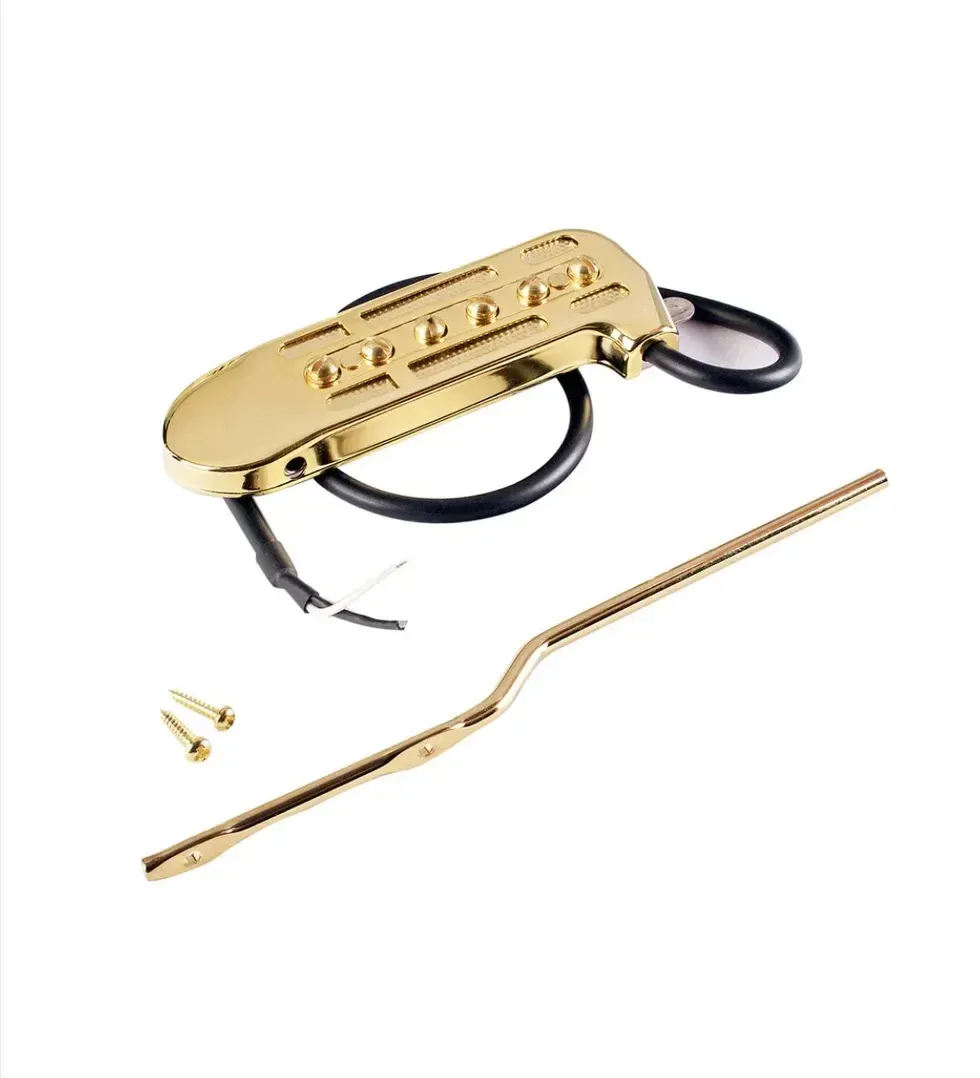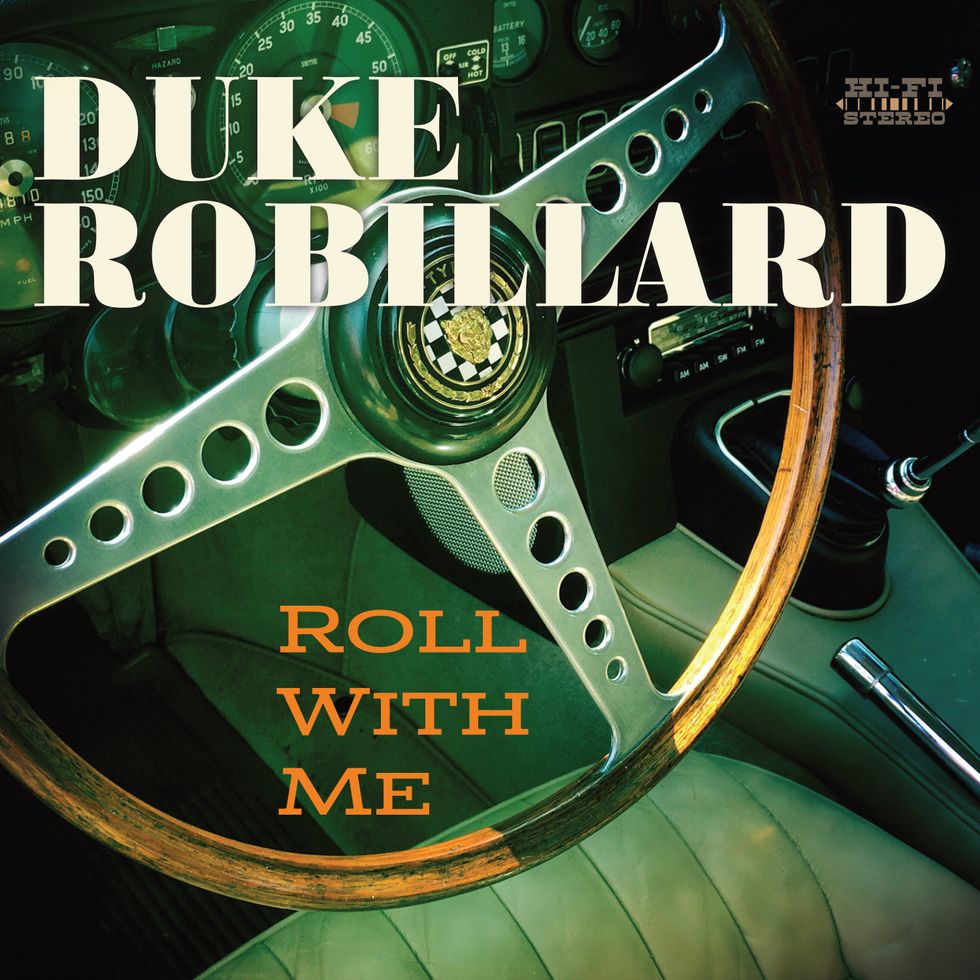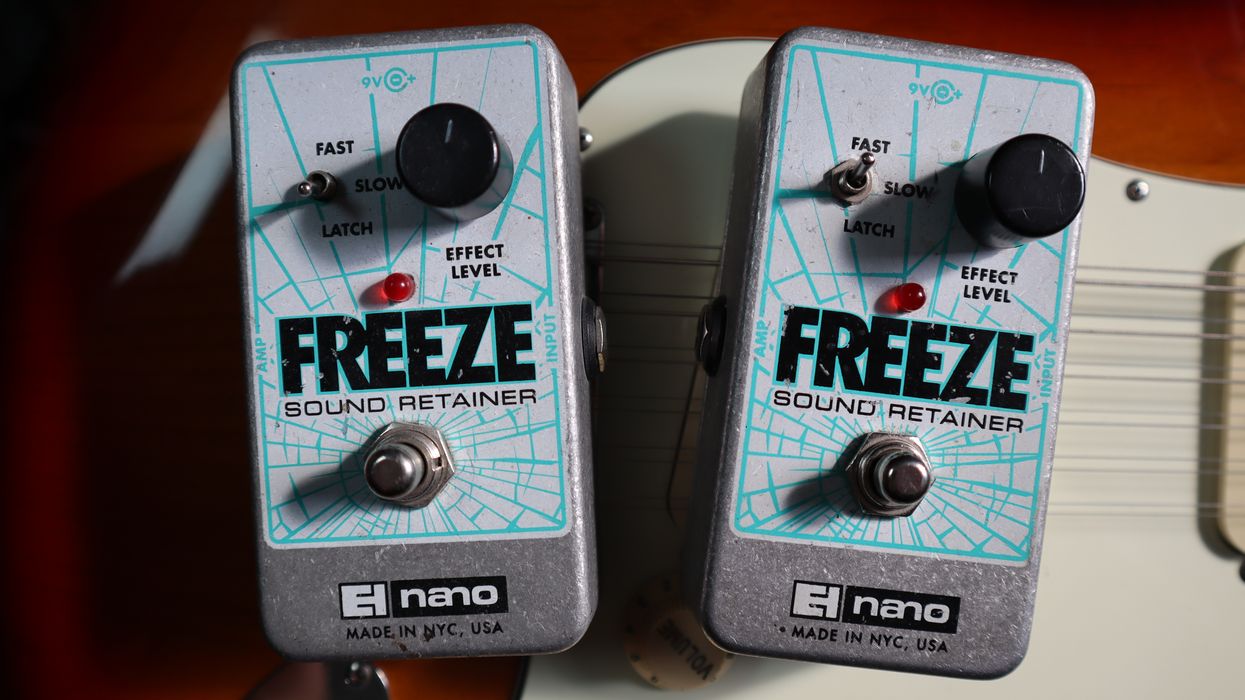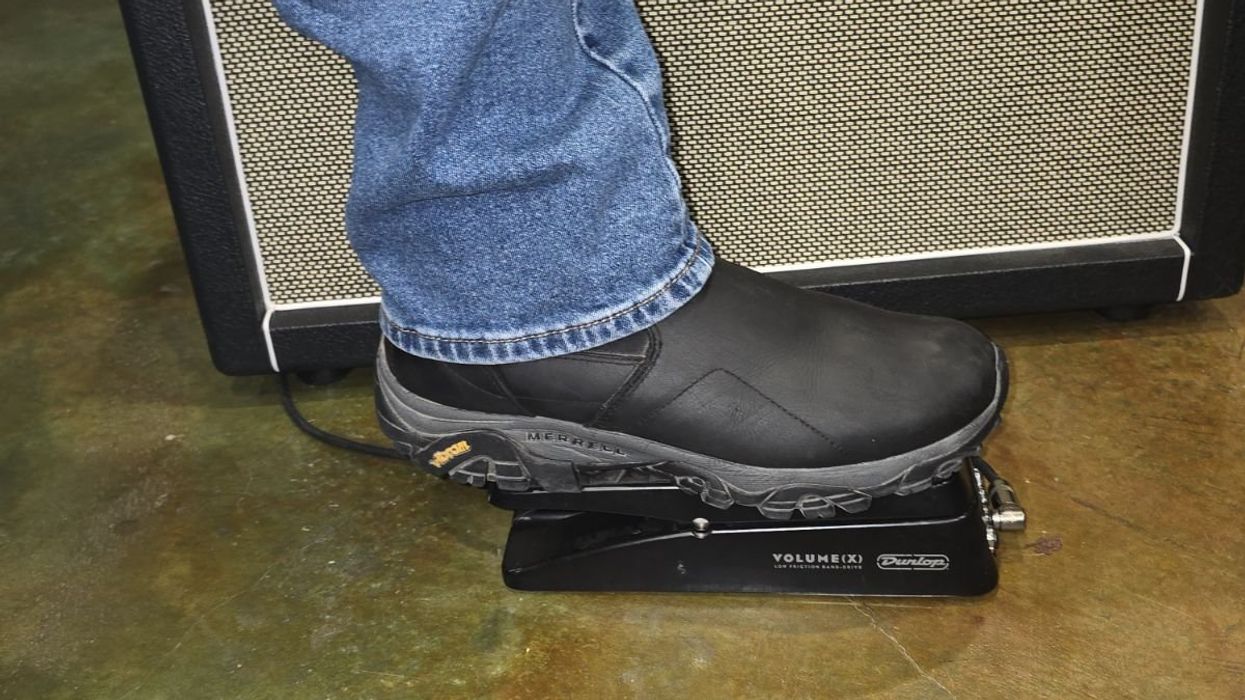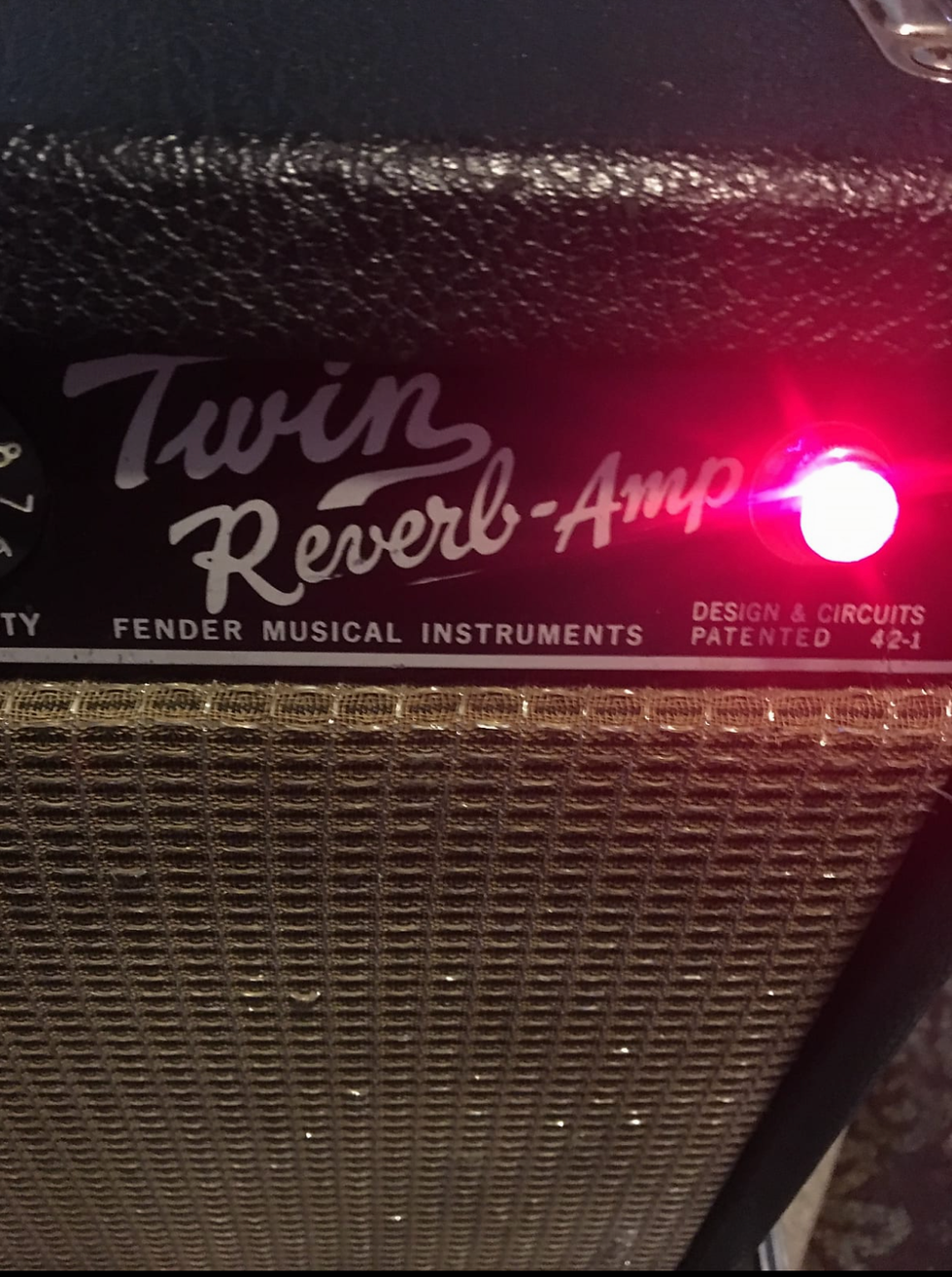With over a million produced, the MT-2 Metal Zone is Boss’s second-most-popular overdrive ever—a significant accomplishment, considering Boss pedals have been ubiquitous for decades. I’ve got two Metal Zones. But, much like the late Rodney Dangerfield, the Metal Zone often “don’t get no respect.”
My first Metal Zone was simply abandoned at a guitar camp I taught at. Despite efforts to find its owner, it was never reclaimed. The second one was part of a package deal where the seller must have been getting rid of what he considered his undesirables: a Boss BF-2 with a faulty power-supply jack that only works with batteries, a Boss BCB-60 pedalboard with foam that stinks and is filled with irremovable allergens or something that always makes me itchy, and a perfect-condition Metal Zone—all for a mere 35 bucks.
But somehow, over the decades, the Metal Zone got a bad rap. The endless hordes of preteens that butchered “Crazy Train” through a Metal Zone at their local Guitar Center probably didn’t help. Even with a new Waza Craft edition in Boss’s lineup, things haven’t changed much. If you read an internet discussion of the Metal Zone, you’re guaranteed to find someone boldly commenting that it sounds like “buzzing bees.”
Likewise, if you search “Boss Metal Zone” on YouTube, the first thing that comes up is Ola Englund’s “Boss Metal Zone—Worst Distortion Pedal Ever?” video, which currently has over 3.5 million views. You’ll also see “What’s the Worst Pedal Ever? Boss Metal Zone Pedal, Demo” by Marty Schwartz, a famed YouTuber with over four million subscribers. And there are many more videos along the same lines. But if you dig deeper, you’ll find that despite those derisive, clickbait titles, many Metal Zone videos actually praise the little demon. And with good reason!“What immediately grabs my attention is its ridiculous sustain; for soloing, the pedal makes legato licks feel fluid and easy to play.”
When the Metal Zone first came out in 1991, it was literally the hottest piece of gear in the guitar world. It was the undisputed star of a stompbox shootout of 29 pedals in the October 1992 Guitar Player. The magazine’s editors proclaimed: “We knew the Metal Zone was a hot item when we couldn’t keep our test sample long enough to photograph it. The store we borrowed it from had sold it and was back-ordered 50 units.” The story was followed by comments like, “This thing starts off where others leave off,” “Mind-blowing. Never heard so much bass,” “Definitely a must-have,” and “Totally sick!” The shootout concluded with “The Boss Metal Zone easily grabbed top metal honors. Its absolutely fierce sounds make the $139.50 price tag [editor’s note: list price] seem like a deal.”
If you’ve used one before, you’ll likely agree—this silicon-driven, two-stage-clipping circuit is a really badass pedal! What immediately grabs my attention is its ridiculous sustain; for soloing, the pedal makes legato licks feel fluid and easy to play. For sharp and percussive metal rhythms, the Metal Zone also kills. With its massive bottom end, it has given me heavier sounds than I’ve gotten with more expensive pedals or high-gain amps.
The Metal Zone has more tone-shaping options than many other dirt pedals. There are six controls crammed into the space of four. In addition to the level and distortion knobs, the EQ dials are dual-function concentric—high and low, and mid freq and middle, which boosts or cuts the frequency you have the mid freq set to. Some players enjoy using the Metal Zone as a preamp, straight into the effects loop. Others put it between the guitar and amp. However you fire it up, if you invest time into fine-tuning the settings for your needs, you’ll be greatly rewarded.
If you’re a hard-rock or metal player, the Metal Zone is a no-brainer. Pro players like Biffy Clyro’s Simon Neil and Megadeth’s Dave Mustaine have used the Metal Zone. But it’s also surprisingly versatile—even Prince used one! Despite its name, it can convincingly get into mid-gain overdrive territory, and with the distortion knob around 9 o’clock, it’s pretty touch sensitive.
At only $99 new—$50 more for the Waza version—and, if you’re lucky, maybe $20 or so used, the Metal Zone is incredibly undervalued. I wouldn’t be surprised if the Metal Zone makes its way back to the top of the pedal pyramid some day. Guitar players are notoriously fickle and tend to be very impressionable. It just takes something as simple as one artist association and the tide can turn for any piece of gear. The Marshall ShredMaster became a cult classic simply because it was used by Jonny Greenwood of Radiohead. Maybe if John Mayer uses a Metal Zone the next time he covers “Panama,” it will again reign supreme.
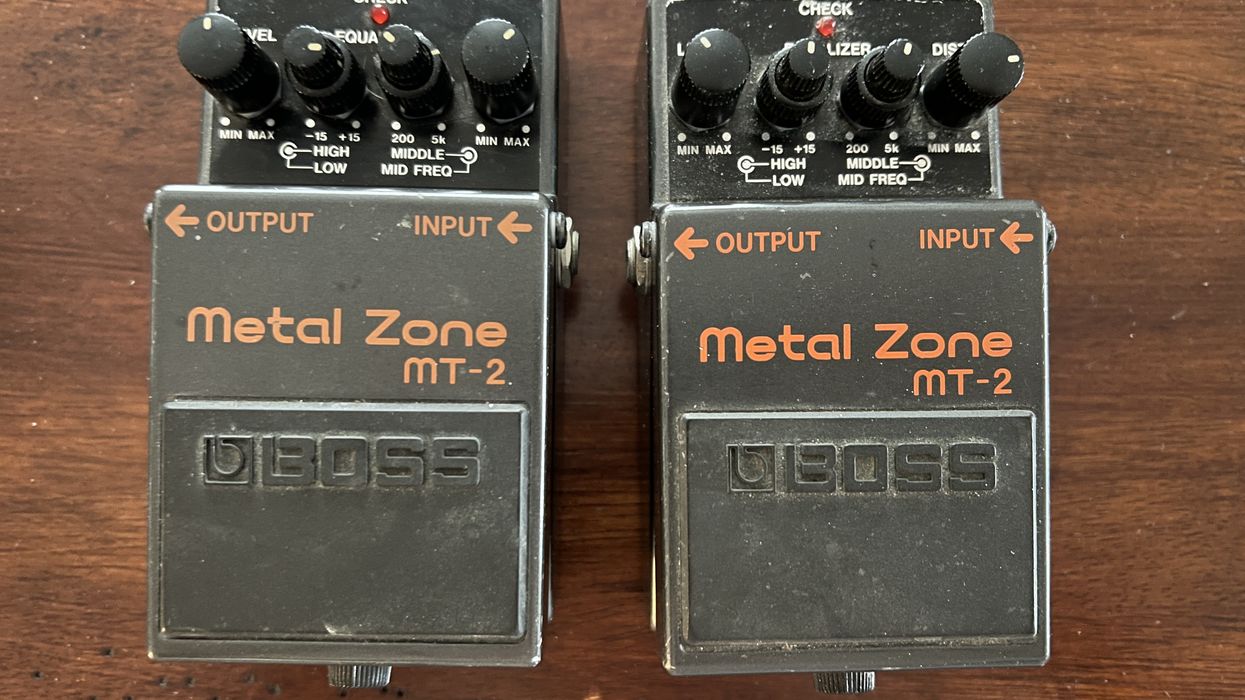

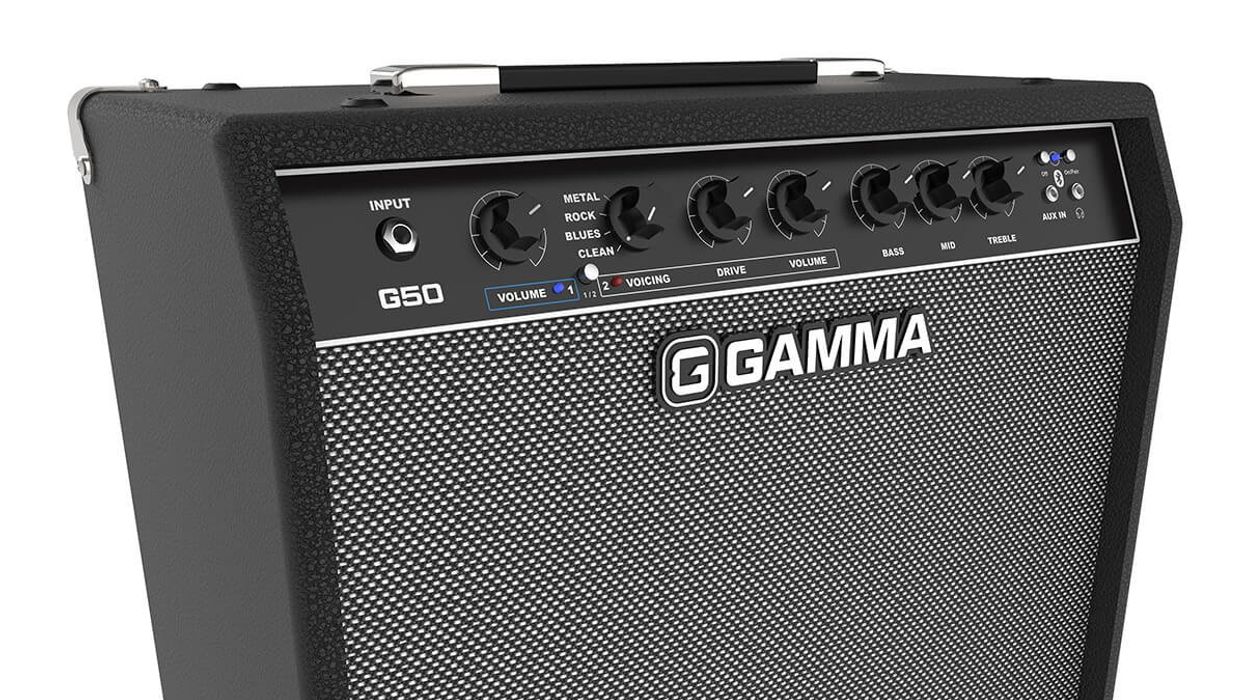
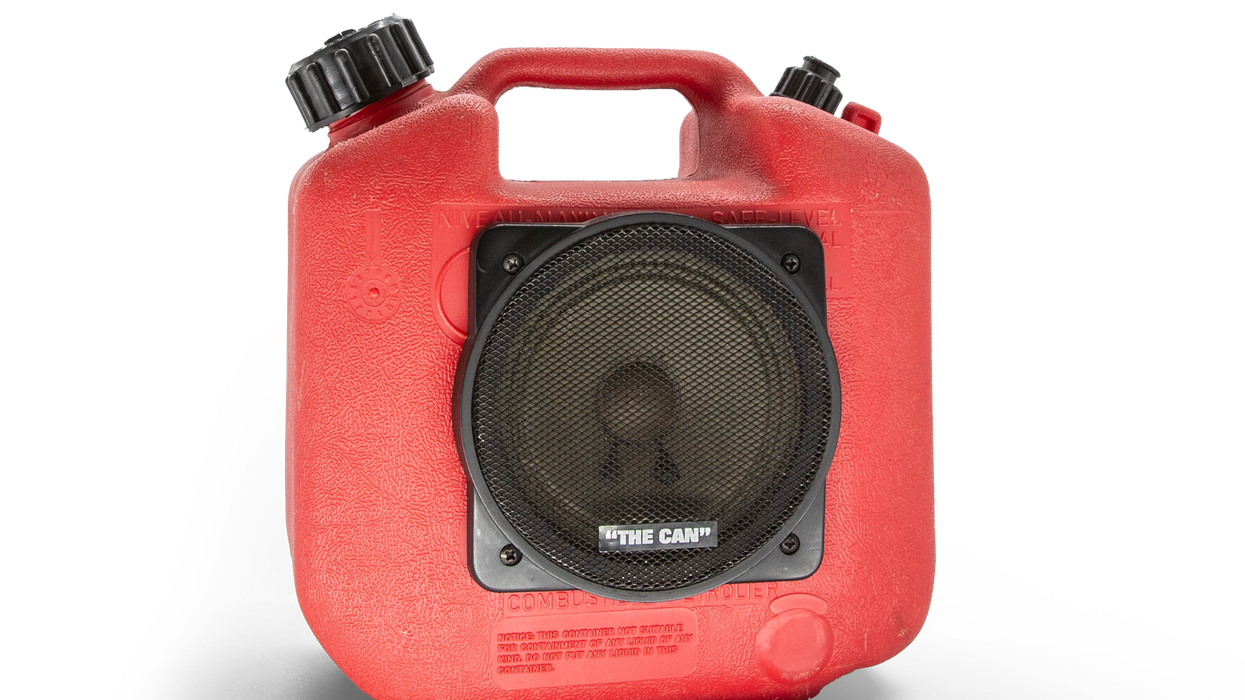



 Guitarists are used to coveting cranky, old gear, but if you’re not a rack user, the H3000 might not be for you! If you ever see one of these in a studio, be sure to take some time to check it out, and maybe give the plugin a try.
Guitarists are used to coveting cranky, old gear, but if you’re not a rack user, the H3000 might not be for you! If you ever see one of these in a studio, be sure to take some time to check it out, and maybe give the plugin a try.





